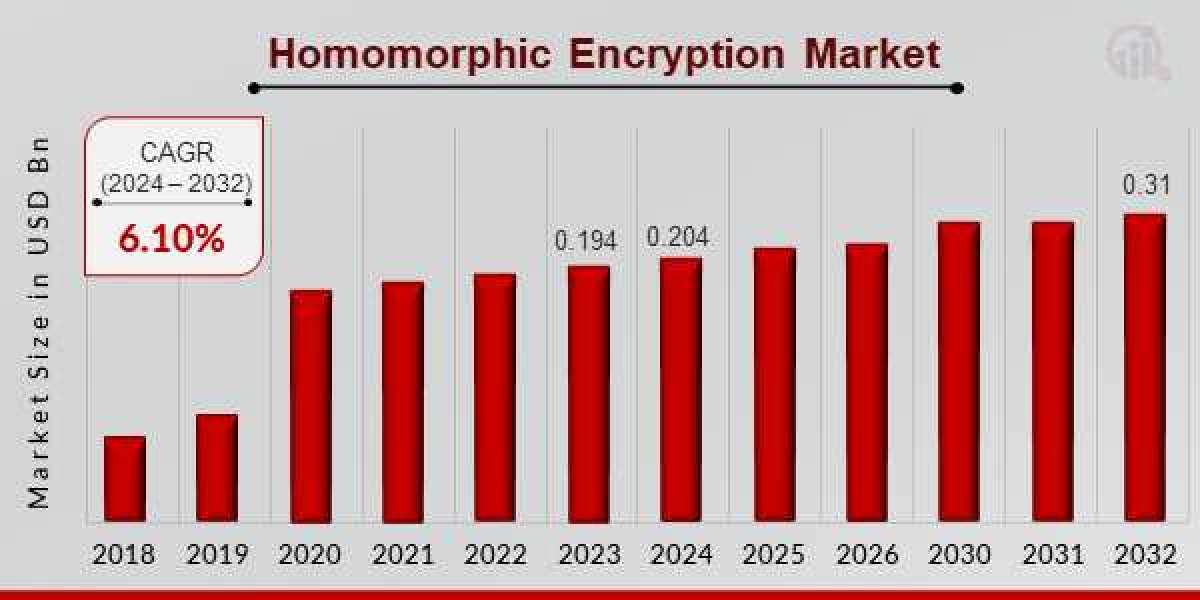AI Avatars Market Overview:
The digital human market is witnessing rapid growth due to advancements in AI technologies such as natural language processing (NLP), machine learning (ML), and computer vision. These technologies enable the creation of highly realistic avatars capable of understanding and responding to human emotions and speech patterns. The market is projected to expand significantly over the next few years as organizations across various sectors adopt these solutions to enhance user experience and operational efficiency. The Digital Human (AI Avatars) Market is expected to reach USD 67.54 billion by 2032, growing at a CAGR of 31.9% during the forecast period 2023-2032. Increasing investments in AI research and development.
Market Key Players:
Several key players dominate the digital human market landscape. Companies like Soul Machines, Synthesia, Replika, Hour One, and Avatarify are at the forefront of this technology. Soul Machines focuses on creating emotionally responsive avatars that can engage users in real-time conversations. Synthesia specializes in video synthesis technology that allows users to create videos featuring AI-generated avatars speaking any text inputted by the user. Replika offers a personal AI companion that learns from interactions with its users over time.
Hour One utilizes AI-driven avatars for business applications such as training videos and customer support. Avatarify provides tools for creating personalized video calls using deepfake technology.
[PDF Brochure] Request for Sample Report:
https://www.marketresearchfuture.com/sample_request/12224
Market Segmentation:
The digital human market can be segmented based on application, technology type, end-user industry, and region. In terms of application, it includes customer service bots, virtual assistants, educational tutors, entertainment characters, and more. By technology type, it encompasses NLP systems, ML algorithms, computer vision techniques, and voice recognition software. The end-user industries range from retail and e-commerce to healthcare and gaming. Regionally, the market is divided into North America, Europe, Asia-Pacific (APAC), Latin America (LATAM), and the Middle East Africa (MEA). Each segment presents unique opportunities for growth driven by varying consumer needs and technological adoption rates.
Market Drivers:
Several factors are driving the growth of the digital human market. Firstly, there is an increasing demand for personalized customer experiences across industries; businesses are leveraging AI avatars to provide tailored interactions that enhance user satisfaction. Secondly, advancements in AI technologies have made it easier than ever to create realistic digital humans capable of mimicking human behavior convincingly. Thirdly, as remote work becomes more prevalent due to global events like the COVID-19 pandemic, companies are seeking innovative solutions for virtual communication—digital humans serve as effective representatives in this context.
Moreover, organizations are recognizing the cost-saving potential associated with deploying AI avatars for tasks traditionally performed by humans—such as customer support roles—leading to increased investment in this area.
Market Restraints:
Despite its promising outlook, the digital human market faces several challenges that could hinder its growth trajectory. One significant restraint is privacy concerns surrounding data usage; consumers may be hesitant to interact with AI avatars if they feel their personal information is at risk or being misused. Additionally, there are technical limitations related to achieving true emotional intelligence in AI systems; while current technologies can simulate basic emotions effectively enough for many applications today’s avatars still struggle with nuanced emotional responses.
Furthermore, regulatory hurdles regarding data protection laws may complicate implementation processes for companies looking to integrate these solutions into their operations.
Industry Developments:
Recent developments within the industry indicate a trend toward greater integration of digital humans into everyday applications. For instance, partnerships between tech firms specializing in avatar creation and major corporations seeking enhanced customer engagement strategies have become increasingly common. Furthermore, ongoing research efforts aimed at improving machine learning algorithms will likely lead towards even more sophisticated capabilities within future iterations of these products.
In addition, notable advancements have been made regarding ethical considerations surrounding AI use; organizations are beginning discussions about establishing guidelines ensuring responsible deployment practices while addressing societal implications posed by widespread adoption.
Regional Analysis:
Regionally, North America currently holds a significant share of the global digital human market owing largely due its established tech ecosystem coupled with high levels investment directed towards innovation. However, Asia-Pacific is expected to witness rapid growth fueled primarily by rising smartphone penetration rates along with growing interest among startups exploring opportunities within this space. Europe also presents lucrative prospects, particularly within sectors such as healthcare where demand for personalized patient interactions continues rise.
Browse Full Report Details:
https://www.marketresearchfuture.com/reports/digital-human-ai-avatars-market-12224
Other Trending Reports:



